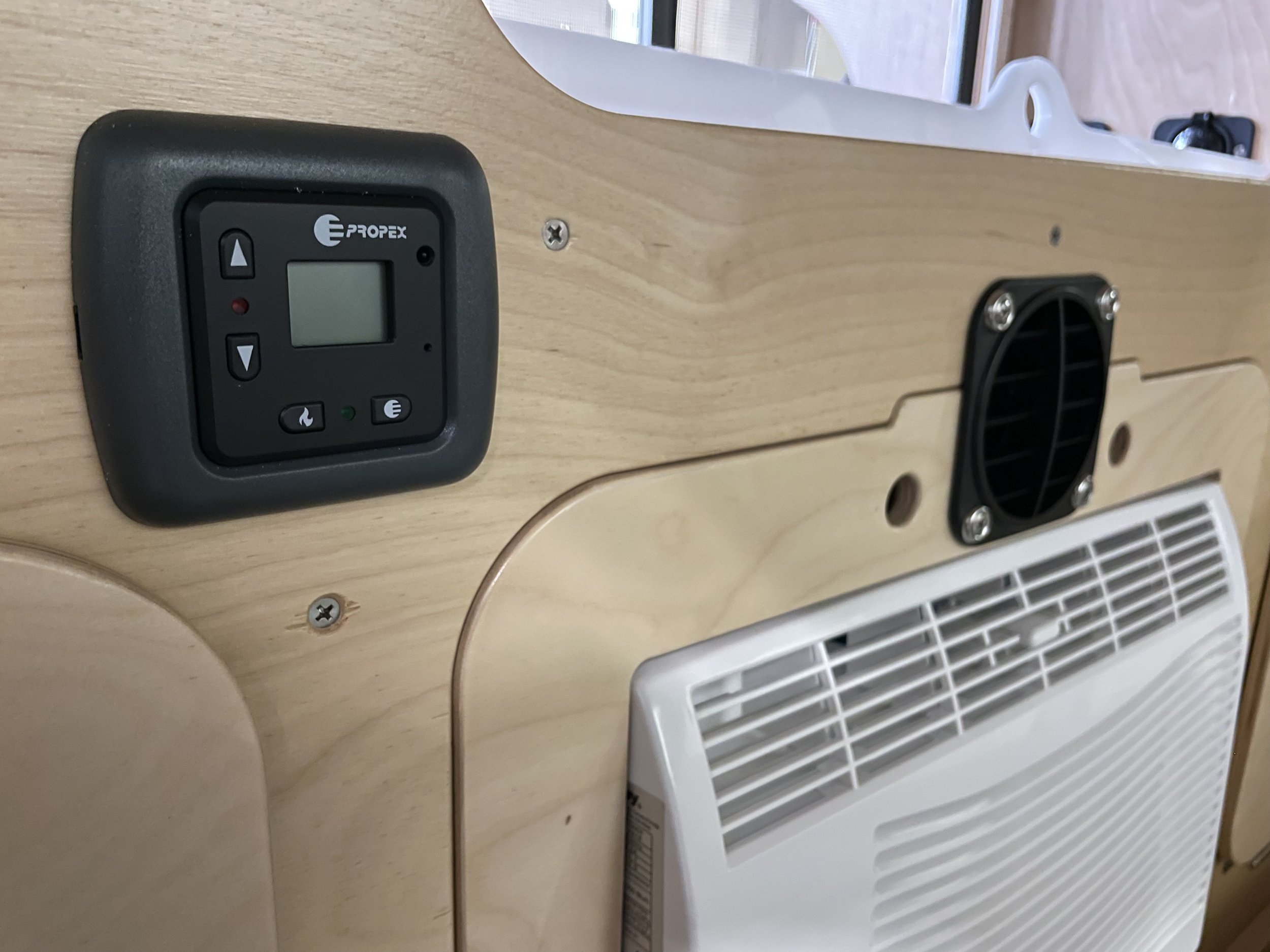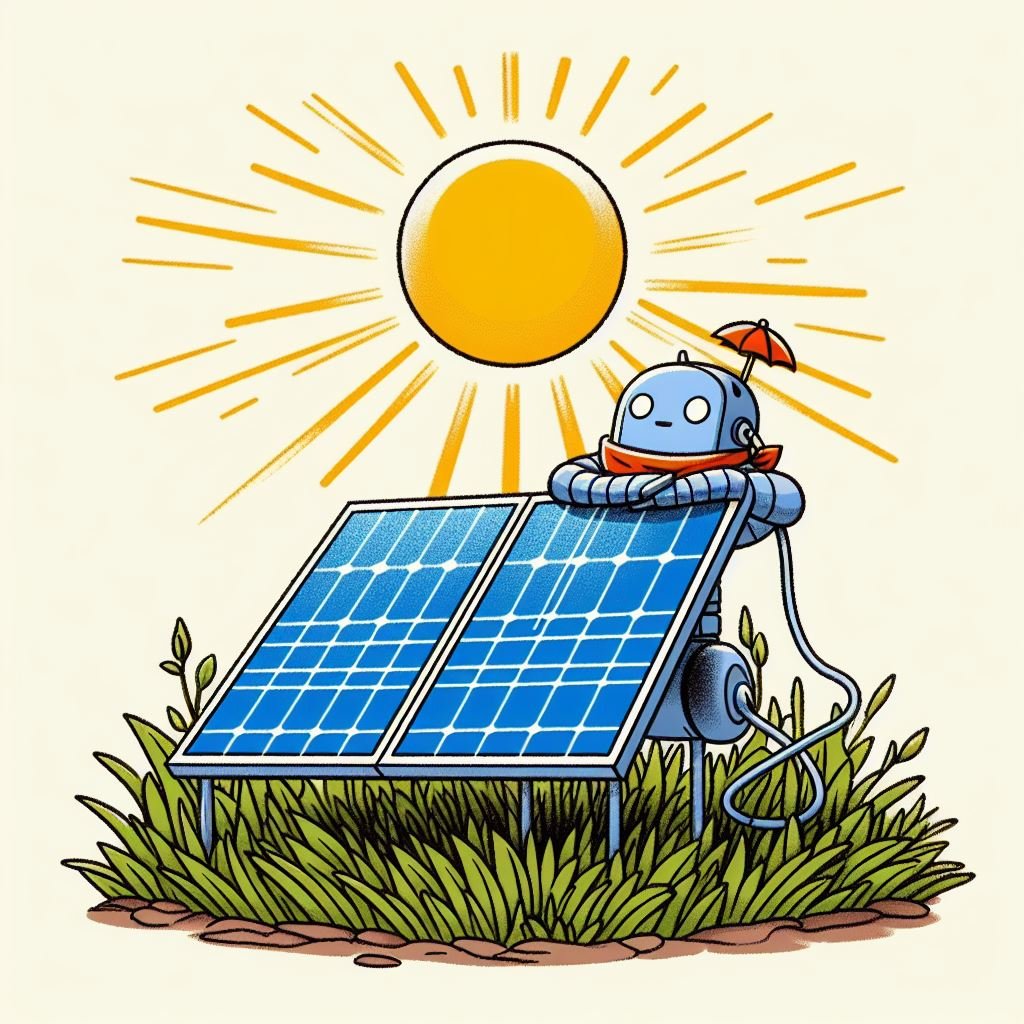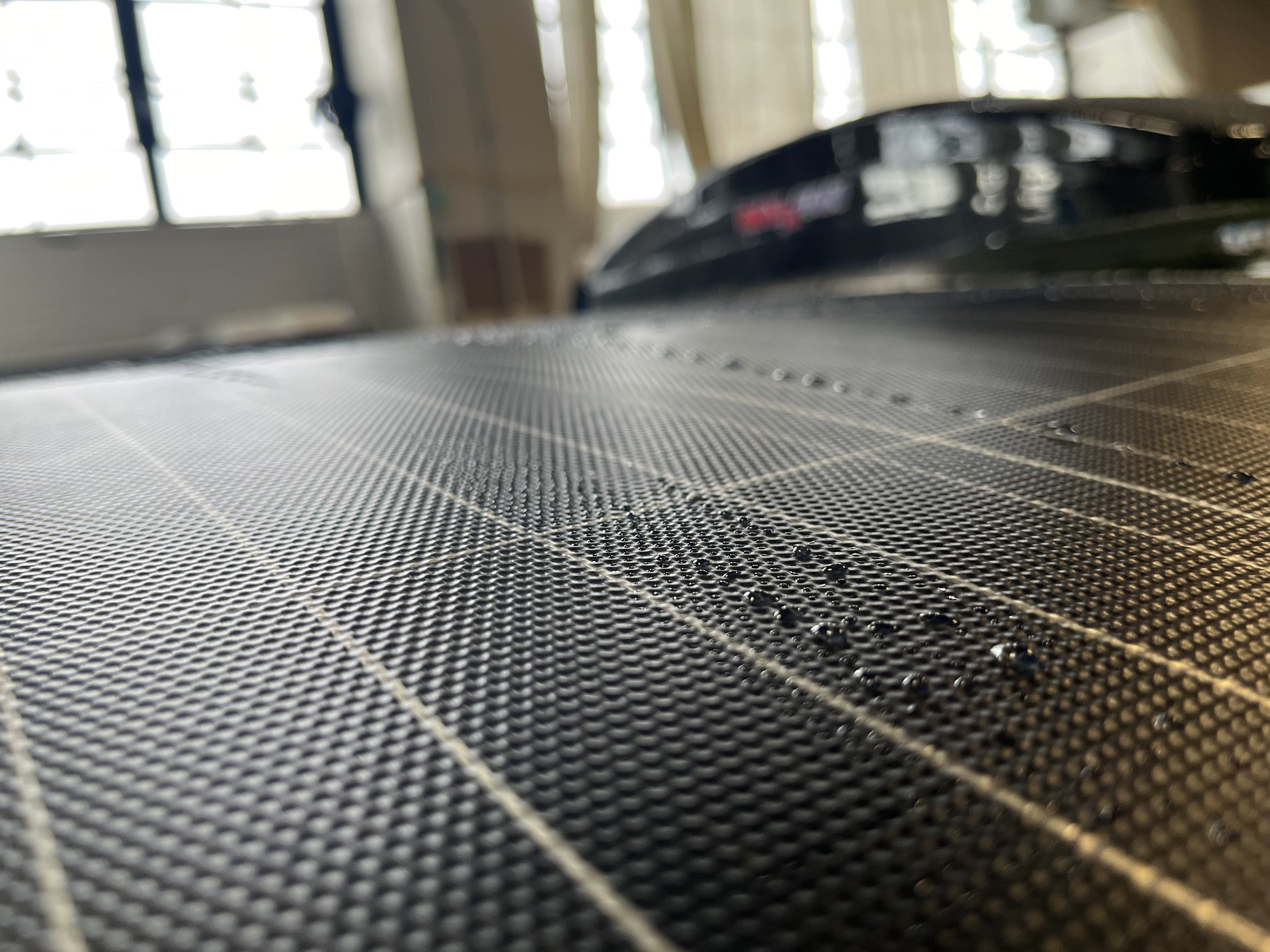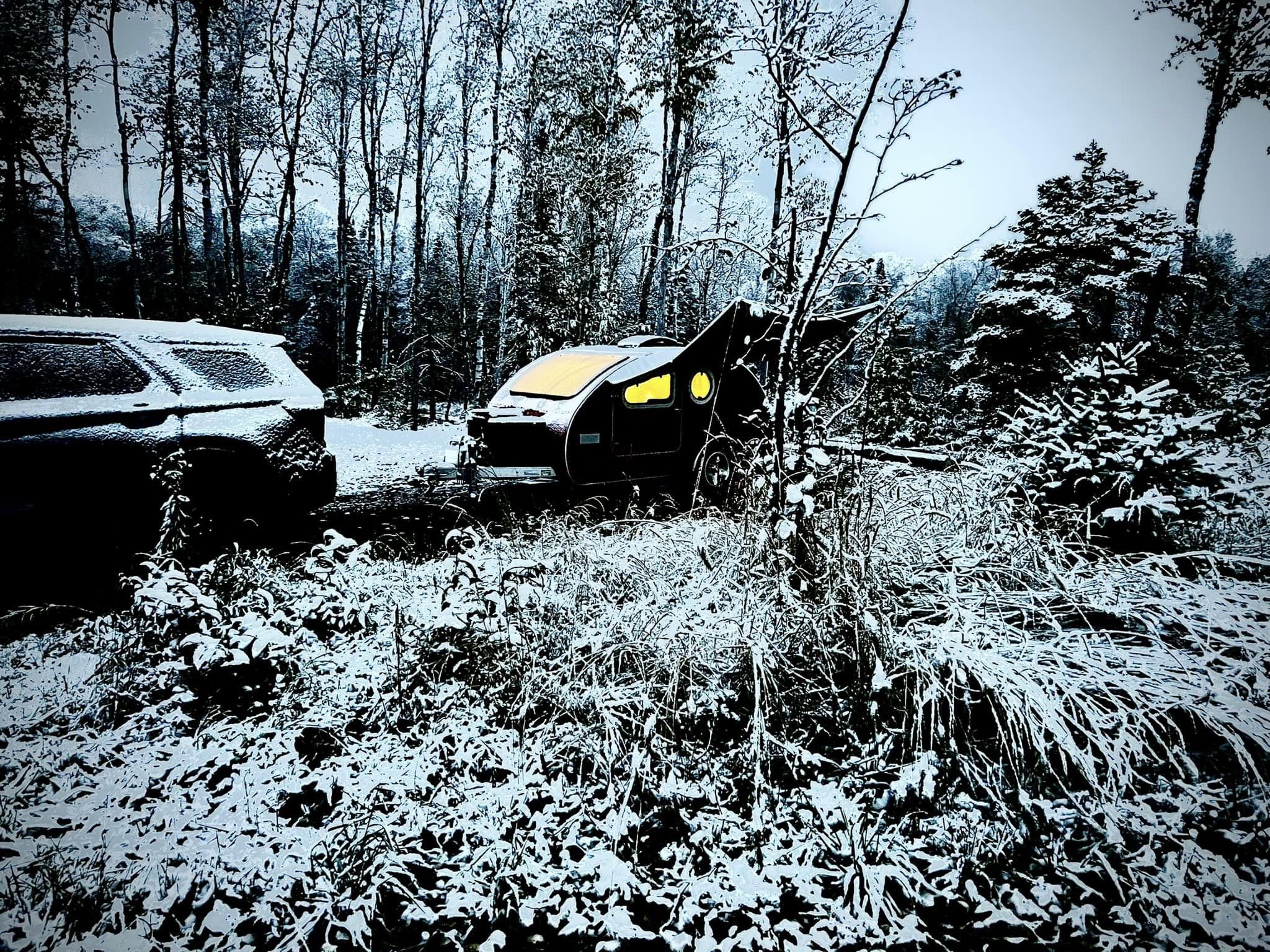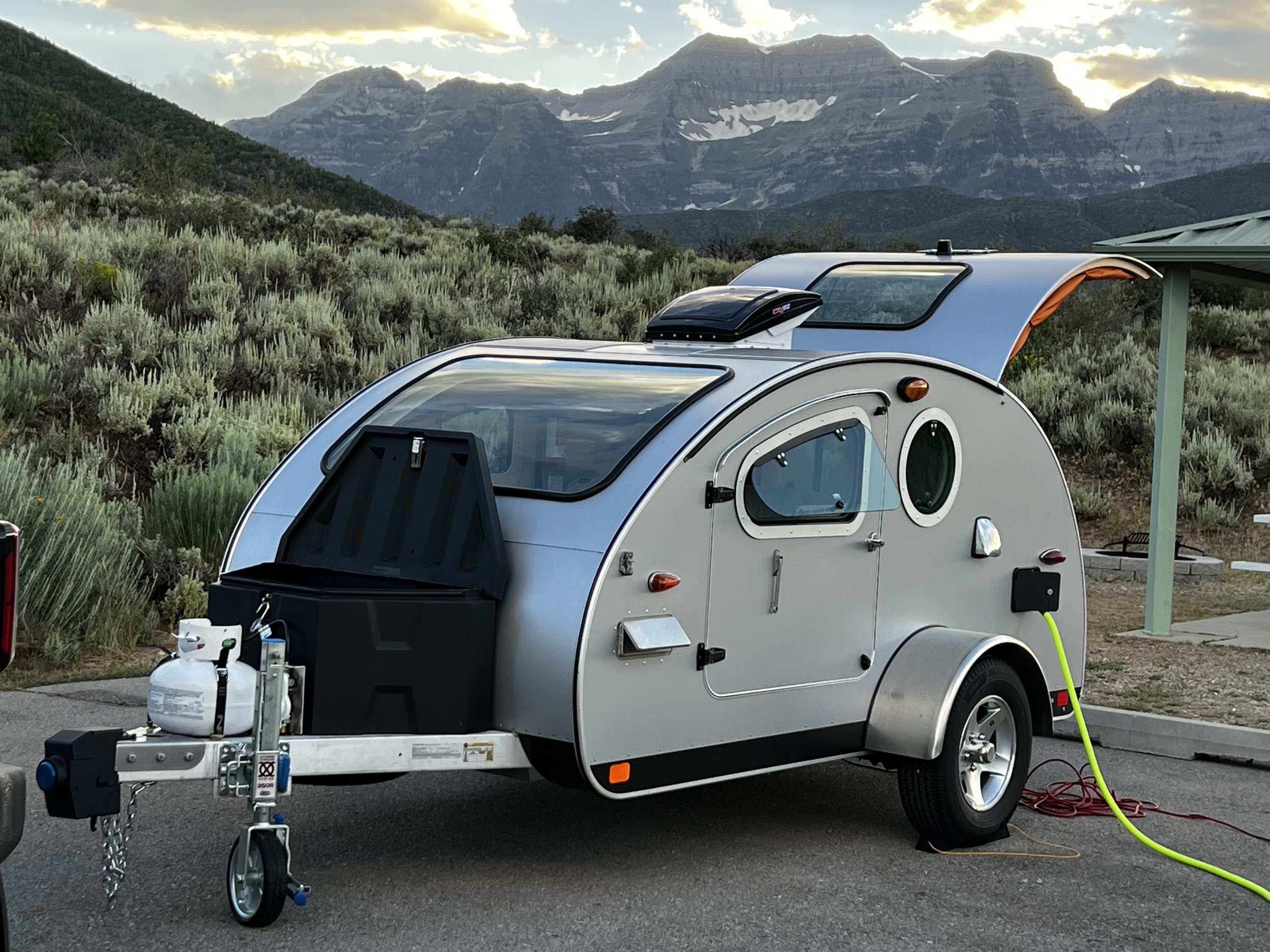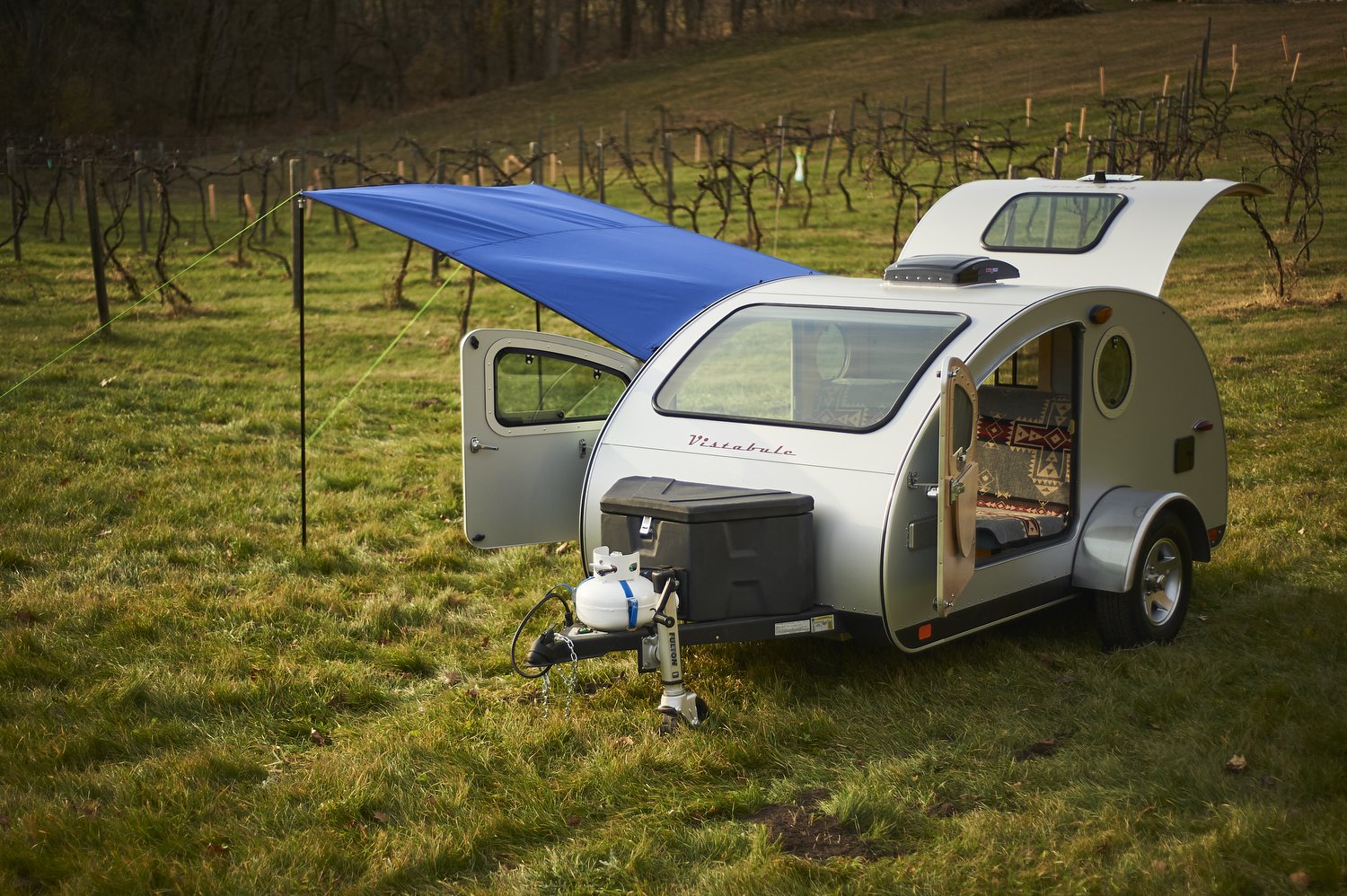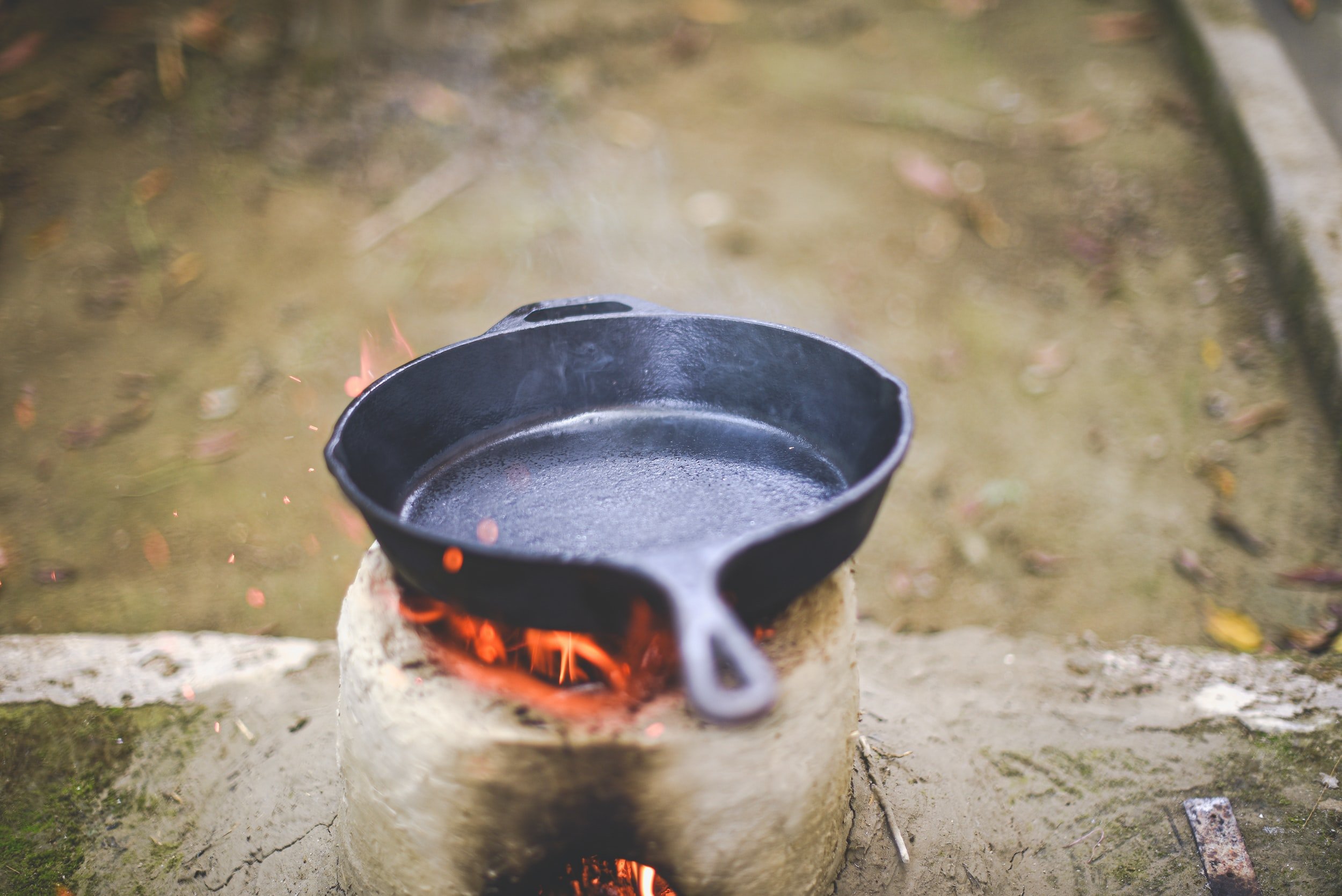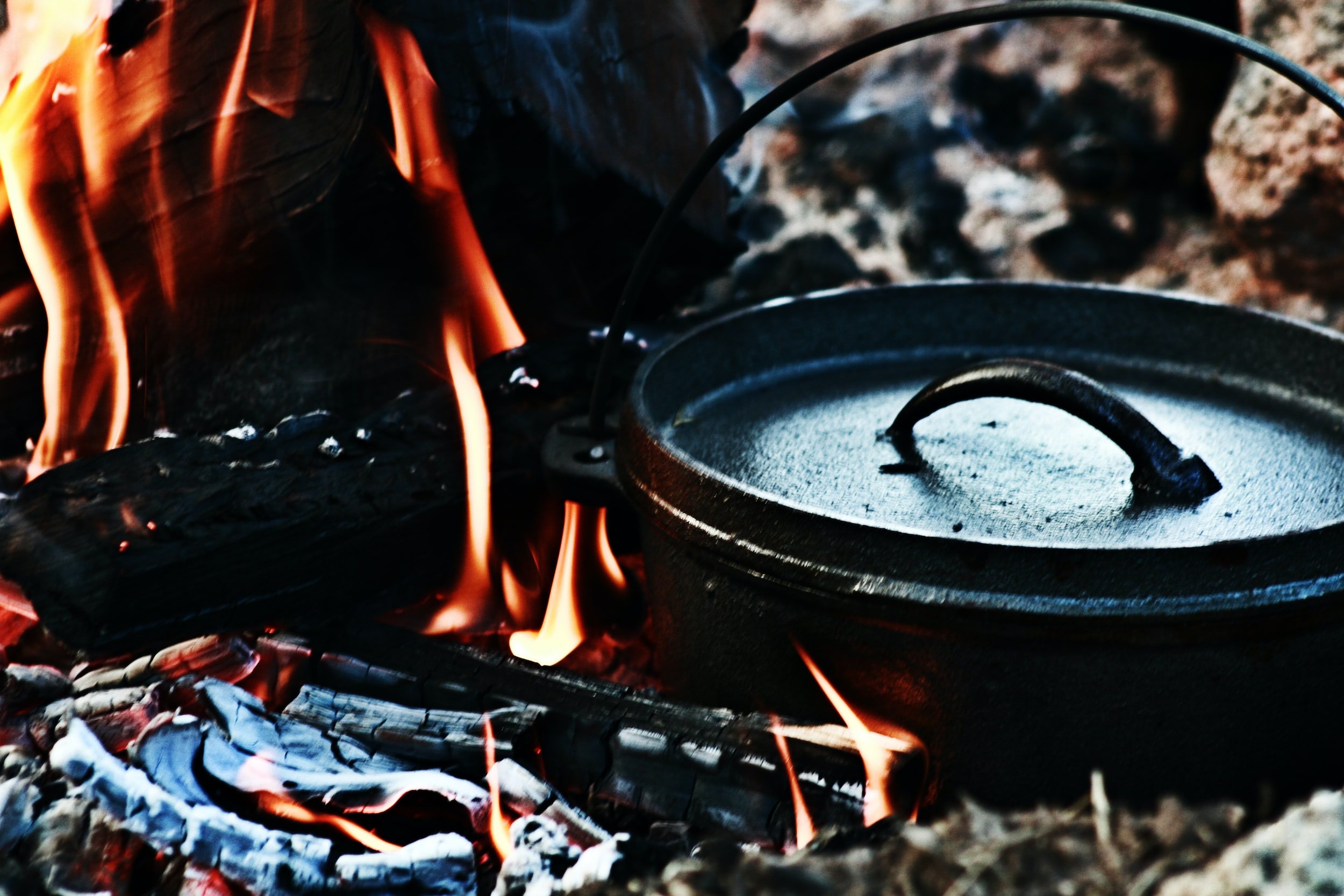When it comes to camping and road trips, a lot of us have our bucket list destinations: The Grand Canyon, Yosemite, Moab, Badlands, Acadia, etc. No doubt about it, the United States is abundant with natural splendors and breathtaking national parks. But occasionally the star(s), and in this case the moon, align in such a way that a new bucket list destination presents itself. On April 8th, 2024, a large swathe of the United States, ranging from Texas to Maine (about 1,280 miles), will get to experience a total solar eclipse, clear skies permitting of course.
For those that weren’t paying attention in Science class (like the author of this blog), and staring out the window, say, at the sun, a total solar eclipse is a celestial phenomena where our moon passes directly in front of the sun, completely blocking the bright disk, leaving only the outer atmosphere, known as the solar corona, visible. Day turns into false night, the event lasting anywhere from 10 seconds to almost 7.5 minutes, as the moon casts its shadow (the umbra) across the earth. The eclipse can be experienced in totality, depending on where the viewer is located on a fixed predictable path, until the effect is broken and the moon carries on its merry way around the earth, revealing the day once again.
Total Solar Eclipse
Due to the population density of this part of the country, millions of people won’t even have to leave their backyards to experience the eclipse, but many thousands of people are likely to surge into the area with hopes of catching a glimpse of this spectacular event. For the out-of-towners, you might want to make a little trip out of the whole thing. With hundreds of campgrounds along the eclipse path, there are many different places to park yourself (and a Vistabule). Because traditional campsites and state parks may be in high demand during this time, it's worth exploring alternative options such as Hipcamp. Hipcamp offers a wide range of unique camping experiences on private land, allowing you to find the perfect spot to witness the eclipse with plenty of space for your Vistabule or DayTripper.
Let’s look at 5 different locations along the solar path with plenty of camping options to choose from.
Solar Eclipse Destinations
1. Carbondale, Illinois:
Having found itself in the solar path of the eclipse in 2017, and now again in 2024, Carbondale, Illinois has earned itself the title of "Eclipse Crossroads of America.” Southern Illinois University will be hosting Eclipse Day at Saluki Stadium. There are also multiple Hipcamp locations in the area (even if they are just glorified pasture-land, that’s all you really need; and the less overhead obstruction the better. And when the event is over, consider camping in the beautiful Shawnee National Forest.
2. Hot Springs, Arkansas:
Situated in the serene Ouachita Mountains, Hot Springs, Arkansas is a worthy destination all its own. But when you consider the approximately 210 days of sunshine the town experiences throughout the year, it makes it a great candidate for eclipse viewing. And let’s not forget what gives the town its namesake; the 47 hot springs dotted throughout the town. Take in the eclipse and then have a therapeutic soak in one of the town’s many historic private bath houses. Be sure to check out Hot Springs National Park, one of only two national parks within the path of totality.
Hot Springs, Arkansas
3. Hill Country, Texas:
A region found in central Texas, with major cities including San Antonio and Austin, Hill Country is known for its rolling hills, diverse ecosystems and geological formations. With an abundance of state parks, including Enchanted Rock State Natural Area, Pedernales Falls State Park, and Garner State Park, to name a few, and Hipcamp options dotted throughout this 31,000 sq mi area, there are plenty of places to stay. Texas is also predicted to have the best viewing prospects in the country when it comes to clear, unimpeded skies for the event. Because of this, expect Texas to be especially busy with eclipse seekers.
Texas Hill Country
4. Erie Bluffs State Park, Pennsylvania:
Located in the northwest corner of Pennsylvania, Erie Bluffs State Park has wide open bluffs and shores along the Lake Erie coastline, perfect viewing for the eclipse. With 587 acres to explore, the park offers a lot of space to stretch out and enjoy the moment. This part of Pennsylvania also boasts three other state parks in the eclipse’s path, Pymatuning State Park, Maurice K. Goddard State Park, and Presque Isle State Park. If you plan on visiting the latter park, expect to be stuck in traffic once the eclipse has passed, due to its single entry and exit point.
Eclipse Schedule for Pennsylvania
5. Niagara Falls, New York:
A major tourist destination in its own right, Niagara Falls being smack dab on the centerline of the eclipse path is sure to make this a busy eclipse destination. Expect to see massive crowds. If the weather doesn’t end up cooperating, at the very least you can still take in the falls, and if you stick around until the evening, head over to Old Falls Street in downtown Niagara Falls for a fireworks show (April 8th of course). Niagara Falls State Park will be the best location to view the eclipse unobstructed. If being amongst the throngs of humanity doesn’t appeal to you, check out the Hipcamp Solar Eclipse Camping Guide for some suggestions on spots to relax away from the crowds.
Niagra Falls
A Few Things to Keep in Mind
Safety First
Please don’t stare directly at the sun in whatever pair of sunglasses you have nearby. Wear the appropriate solar viewing glasses.
Stay On Schedule
This can be a “blink and you’ll miss it” event. Know the eclipse schedule corresponding with your location. The moon’s shadow will be flying across the country at nearly 2000 mph, it’s not going to wait around for you to finish tying your shoes.
NASA Image - Solar Eclipse Map
The Weather
Some locations are more likely to experience cloud cover than others. The Buffalo New York area for example, historically, has a 1 and 3 chance of gray skies during the event. There isn’t any way around it. Unless you own a high altitude helicopter. So keep an eye on the weather report, but don’t take their word for it either, you might catch a lucky cloud break at just the right moment.
Be Mindful of Your Surroundings
This is going to be a widely attended event, especially in more populated locations. There are going to be thousands of people coming and going from all directions. So if you happen to be operating a vehicle during the eclipse, expect to see people in unlikely places, as folks try last minute to get themselves to a spot they can catch a glimpse of the show. You might even witness some erratic behavior from those that have been living under a rock and have no idea what is going on.
Get Yourself Under the Sun and Moon
At Vistabule we are all about creating opportunities to experience the outdoors. While we can’t build you a brand new Vistabule in time to have it ready for your 2024 Eclipse Viewing Tour, we can definitely have one ready by the next one on August 23, 2044. And while we’ve been talking about total solar eclipses being a great excuse to get outside, remember that they aren’t the only reason! With hundreds of state and national parks, private campgrounds, and BLM backcountry to explore, couldn’t you see yourself with a Vistabule, or our brand new DayTripper taking you there?
















